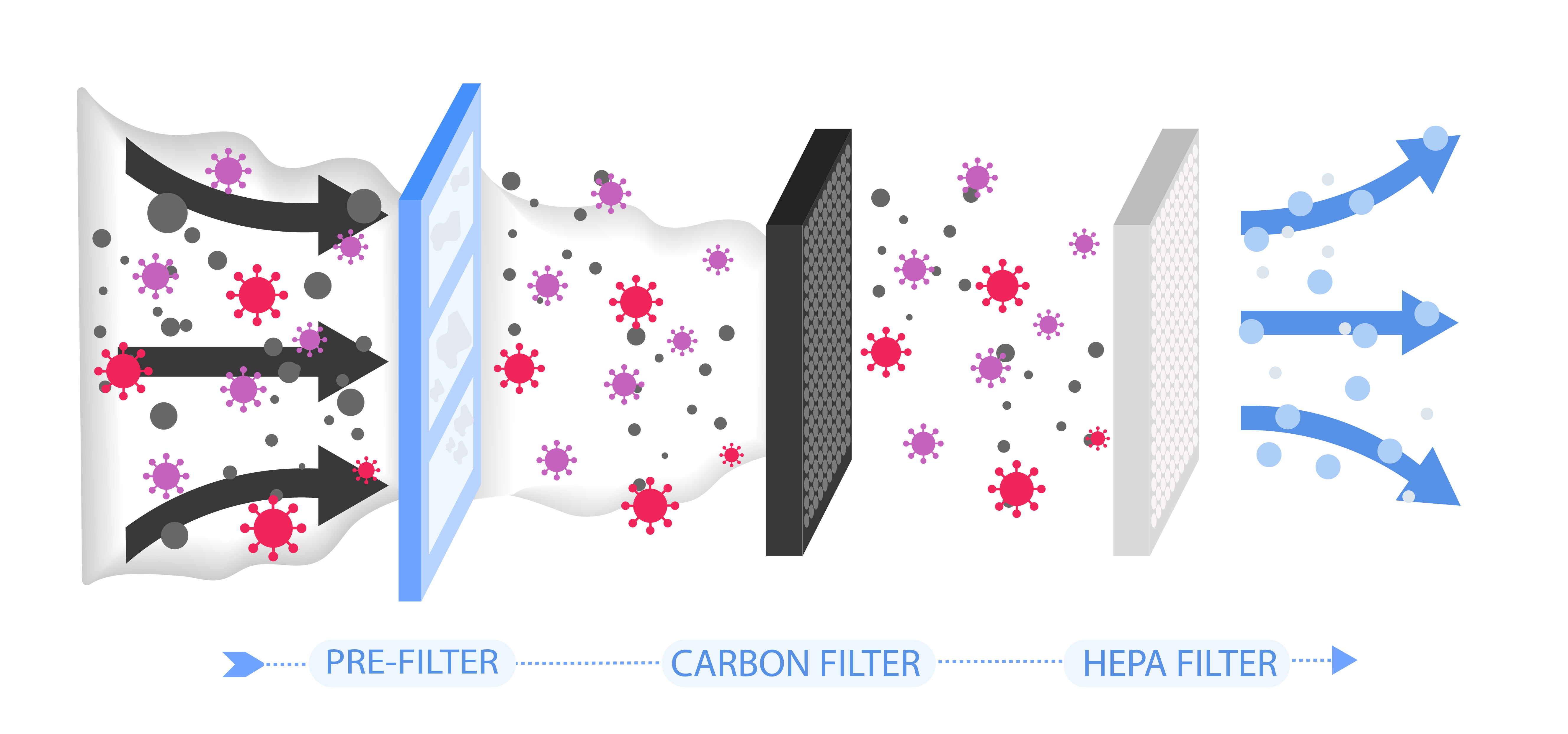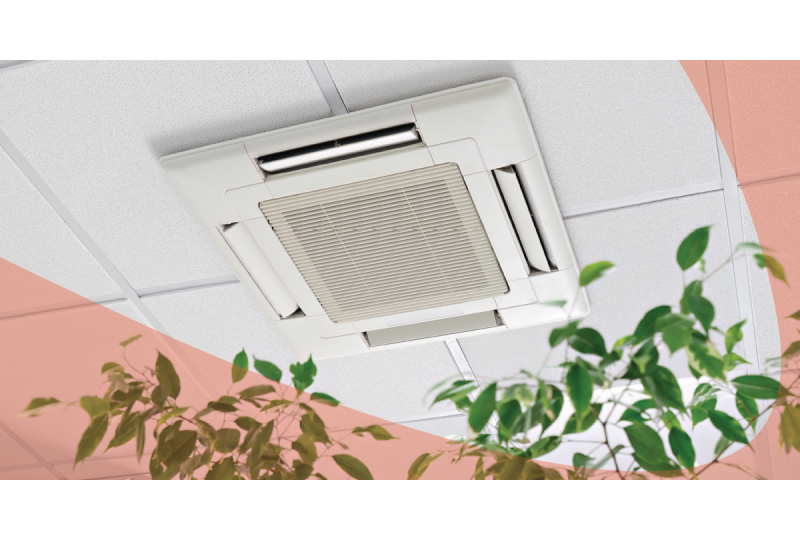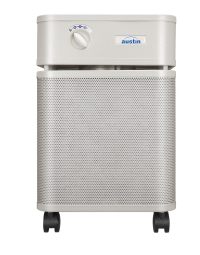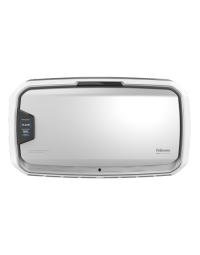It starts subtly, with the occasional headache, a stuffy nose, or a tickly cough. Symptoms you may not immediately link with poor air quality in your building. While we might notice a nasty smell or see mould, for the most part, airborne pollutants are invisible and go untreated, aggravating our allergies and spreading airborne pathogens.
Fortunately, there is growing awareness about air quality, particularly in large crowded indoor spaces typical of casinos, long-term care homes, hotels and restaurants. There are increasing options for facility managers to invest in air purification technology to help monitor and treat shared air.
Why is indoor air so bad?
Over the decades, building materials have changed, including using more plastics, compressed wood, glues, and other synthetic materials. Cleaning chemicals and natural gas are also major culprits. In the quest to become more energy efficient, buildings are designed to be more airtight, so without proper ventilation systems, they effectively trap the pollutants inside. Studies have shown that the air inside these shared environments can be up to 5X more polluted than outdoors. Since the average person spends about 9 hours a day and inhales about 3,000 gallons of air indoors - that’s a lot of potential exposure.
Common airborne pollutants
- Biological: Viruses, bacteria, mould,
- Allergens: Pollen, animal dander, dust,
- VOCs: paint, disinfectants, solvents, pesticides, formaldehyde, benzene,
- Odours: body, food, smoke, perfume,
- Carbon dioxide (CO2) and Carbon monoxide (CO): combustion of fuels from cooking/furnaces, fireplaces, gas-powered generators, vehicle exhaust
How does poor air quality affect you and your facility?
Health & Absenteeism
Most importantly, airborne pollutants impact your health, potentially leading to respiratory illnesses like asthma, poor cognitive functioning or serious diseases like cancer. Within these sealed buildings, people in close proximity are spreading airborne pathogens, resulting in increased absenteeism in schools or sick days for staff.
Customer experience & complaints
Customers, residents, and staff notice odours immediately, impacting their experience and satisfaction. Fresh-smelling air sends a message that you prioritize their well-being and positive experiences.
Revenue
In stores and casinos, people tend to leave early and spend less money if the air is stuffy and smelly. Similarly, hotel guests or prospective senior-living residents may choose the competition, as they will not want to stay when there is an unpleasant smell.
Solutions for improving indoor air quality
Eliminating and controlling the source(s)
As a starting point, review your facility for things like building materials, furniture and cleaning chemicals. Assess what is possible to remove or change. Avoiding contamination, in the first place, is an ongoing process. Implementing and adhering to strict policies so that staff and visitors do not come in when experiencing symptoms and using PPE equipment to avoid droplets getting into the air.
Ventilation
Installing and upgrading the building’s HVAC system to vent contaminated air outside and replacing it with clean air is the most effective method (provided the outdoor air quality conditions are favourable). It can be cost-prohibitive as it requires a significant upfront investment and is costly to run.
Air purification
When external ventilation isn’t possible portable air purifiers are an excellent addition to the system. Specialty air purifiers filter enclosed spaces and remove particulates, available within an HVAC system or standalone purifiers that can clean individual rooms.
They draw air into the unit, pass it through several layers of filtering devices, and release the treated air back into the room - through a vent from the unit, as clean & purified air. Standalone purifiers are more accessible as they are cheaper upfront, and it is much easier to change or upgrade as necessary.
When choosing an effective portable air purifier, consider the following:
- Unit size: Select a unit according to the space in which you will use it. Typically this is indicated in square footage.
- Ratings & Certifications: Look for units with a high CADR (Clean Air Delivery Rate) or at least two-thirds of the room's area. It measures the volume of filtered air in cubic feet per minute. HEPA (High-Efficiency Particulate Air) units are highly effective fibre-based filters that can remove up to 99.9% of indoor pollutants.

Diagram of HEPA filtration system.
Our recommendations for portable air purifiers
Austin Air® HealthMate HM400 Standard HEPA Air Purifier
This specialty air purifier delivers 60 sq. ft. of medical HEPA (rated MERV-17), is certified to remove 99.97% of airborne particles 0.3 microns and larger, and effectively cleans areas of 1500 sq. ft.
Fellowes® AeraMax Pro AM4 PC Wall-Mount Air Purifier
Designed to improve safety and indoor air quality, the AeraMax Pro AM4 PC provides a 4-stage True HEPA filtration system to remove 99.97% of all airborne contaminants, including viruses. The quiet operation delivers 3-5 air changes per hour (ACH) in 650-1100 square feet of shared spaces such as classrooms and conference rooms.
Fellowes® AeraMax 300 Air Purifier
The system features PlasmaTrue™ Technology with an optional setting that utilizes ionization to help safely remove airborne pollutants. Aera+™ Mode increases air change by 35% for allergy concerns, cold & flu season, and infection outbreaks.
We must caution that air purifiers are important to an overall air quality strategy but cannot be relied on alone. You should combine it with proper ventilation, physical distancing and source control.
What’s keeping you from cleaner air?
While indoor air quality is essential, you might need help determining where to start. Swish experts are here to help assess your current needs and make personalized recommendations for improvements. We are your single-source supplier for air purification machines,hand-hygiene programs, PPE, and low-VOC disinfectants. Contact us today.










